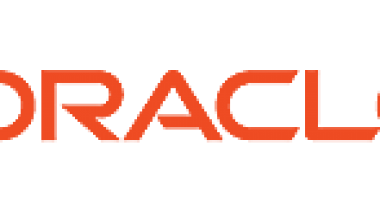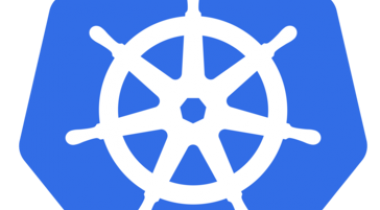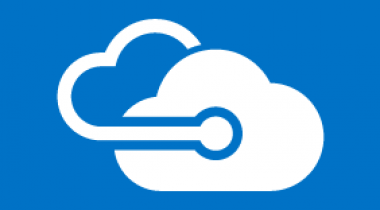Tectonic ships with CoreOS’s signature Automated Operations, enables portability across private and public cloud providers, and is always upstream open source.
CoreOS Tectonic
Customer Reviews
CoreOS Tectonic Reviews
Thang H.
Advanced user of CoreOS TectonicWhat do you like best?
full solution for install, deploy & manage coreos kubernetes stack.
Management is very easy, you only need to understand kubernetes, and everything goes right. with tools like Helm I can install Redis, Rabbitmq etc... just by run a single command: helm install redis
uninstall application, monitor server status checked
always updated with newest kubernetes
It was fun for me to try install and experienced terraform installation on a bare metal server.
And after time, I see that my company should goes to cloud, only cloud provider can provide full benefited services. It already take a lot of my time on config bare metal server. And I should focus on company's value more than a full custom server. Lesson learned.
What do you dislike?
Documentation for install on bare metal is too short.
I needed weeks to install on my virtual box servers. You are going to need alot of experiences and failed tries.
my previous experience in management application server is gone, I still don't now how to inspect my mongodb
don't know how to talk with boss if my nodes number is more than 10.
Updated: the company is acquired by Redhat, and Redhat is in IBM now. And you and me will be wait for Openshift to updated with CoreOS features
Recommendations to others considering the product:
very effective in manage clusters of servers
What problems are you solving with the product? What benefits have you realized?
to able to manage 20 - 30 process instances (Mongodb, Redis, Rabbitmq, Nodejs) and monitoring tools
Most benefit come when you only need a Devops engineer to able to control every servers, every application in a centered screen.
And if you are going to cloud, coreos is number one solution.
Edited: use openshift instead














